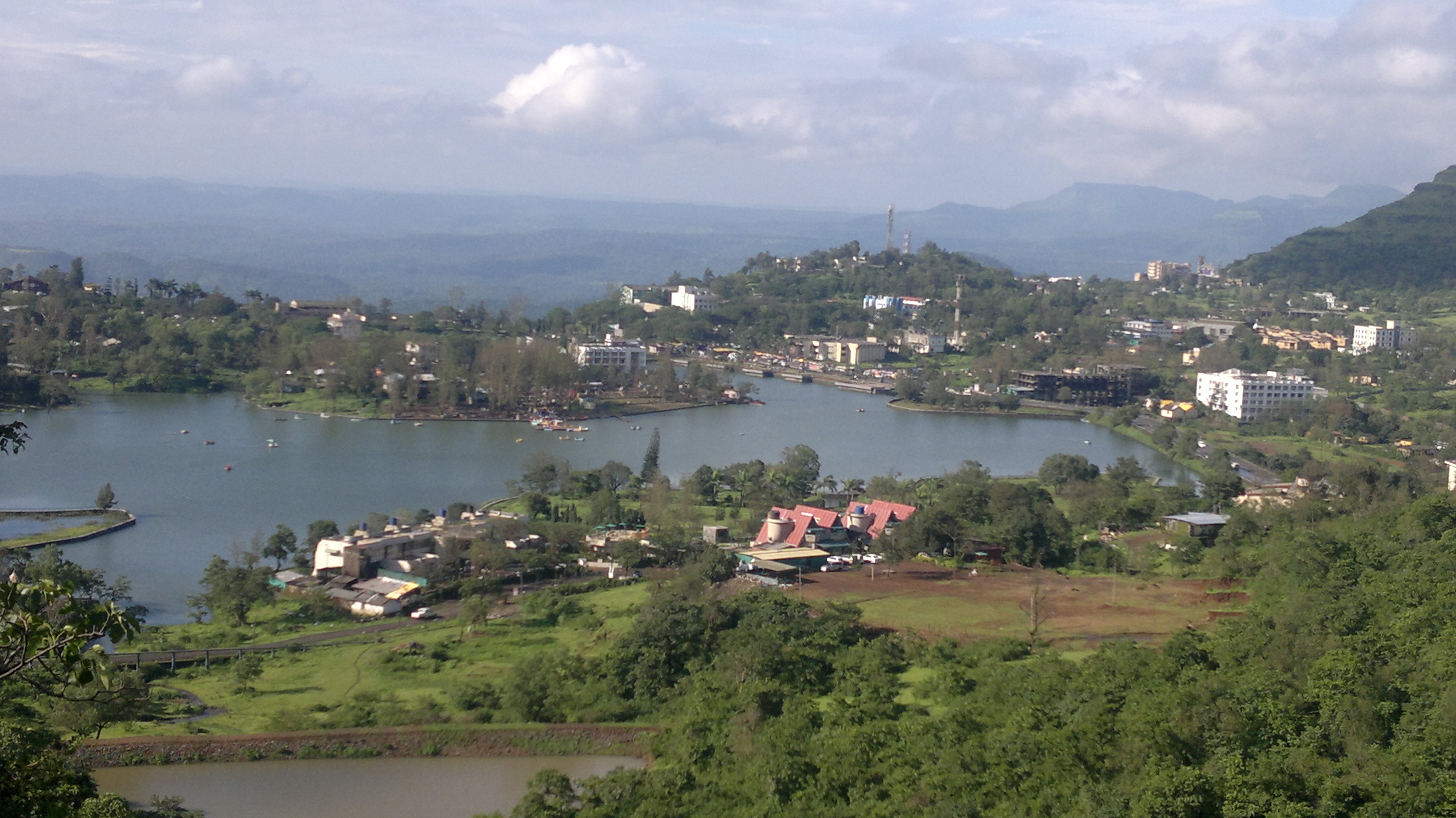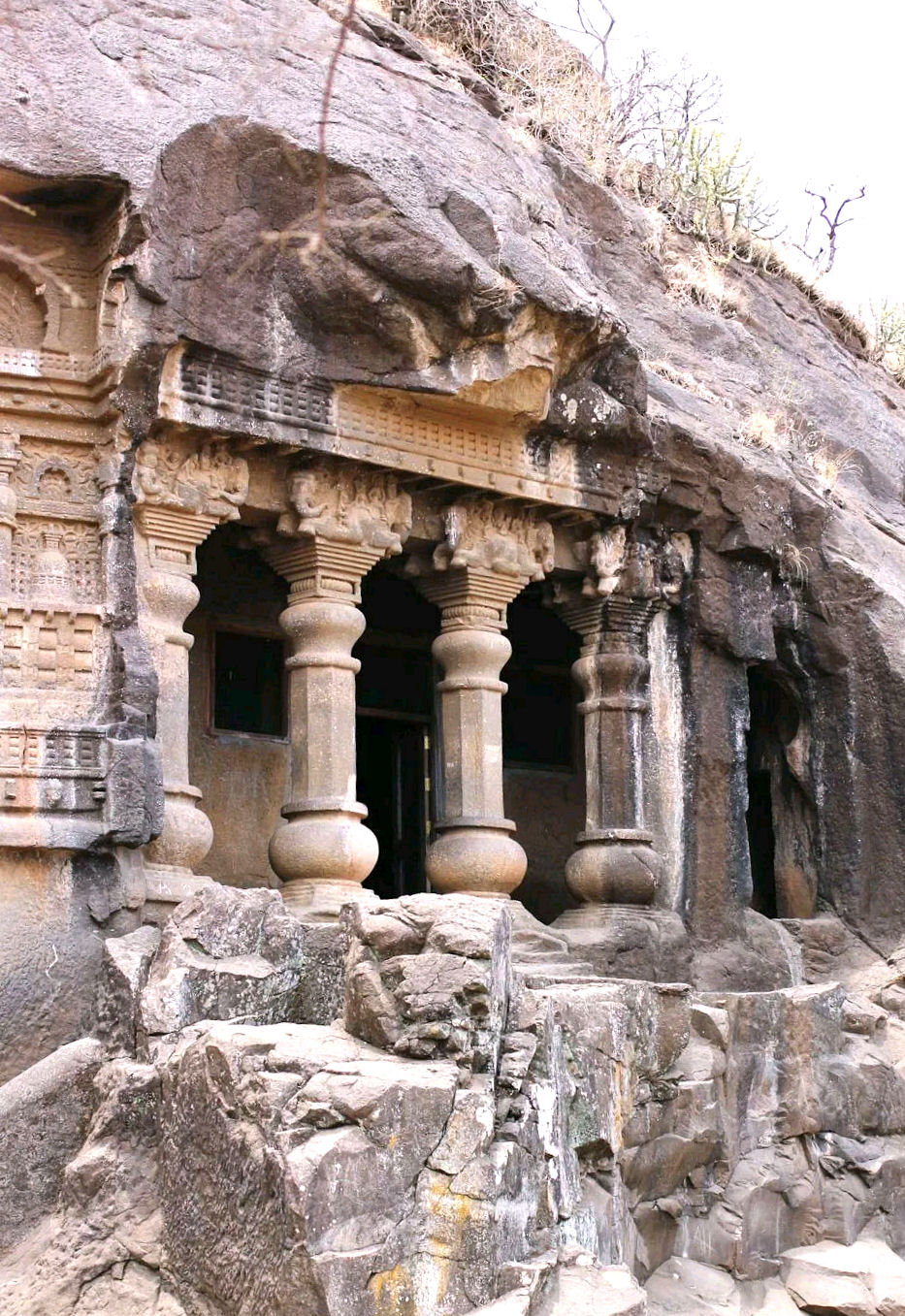Saputara, a captivating hill station in Gujarat's Dang district, emerges as a testament to natural beauty and cultural richness. Nestled in the Sahyadri mountain range, this destination offers a unique blend of tribal traditions, historical significance, and scenic landscapes that beckon travelers seeking an authentic Indian experience.
The region's indigenous Dang tribe forms the cultural backbone of Saputara, presenting a vibrant tapestry of traditions that have remained largely unchanged for generations. Their intricate lifestyle, characterized by colorful festivals, sophisticated craftsmanship, and deep connection with nature, provides visitors with an immersive cultural journey. The Dang Darbar festival stands as a remarkable celebration, showcasing the community's artistic expressions, traditional clothing, and communal harmony.
Historical narratives intertwine with local folklore, creating a mystical backdrop for Saputara's landscape. One compelling legend suggests that Lord Rama spent eleven years of his exile in these very forests, imbuing the terrain with spiritual significance. The Tribal Museum serves as a crucial repository of this rich heritage, meticulously documenting the lives, tools, and artistic traditions of the region's indigenous communities.
Natural splendor defines Saputara's geographical essence, with its picturesque lake, panoramic sunrise and sunset points, and lush monsoon landscapes offering breathtaking views. The Pushpak Ropeway provides a stunning aerial perspective of the Western Ghats, allowing visitors to appreciate the region's topographical magnificence. During the monsoon season, waterfalls cascade through verdant forests, transforming the landscape into an emerald wonderland.
Architectural development in Saputara reflects a thoughtful balance between modern tourism infrastructure and environmental preservation. Local construction techniques and materials have been prioritized, ensuring that tourist amenities complement rather than disrupt the natural ecosystem. The Saputara Jain Temple exemplifies this harmonious approach, featuring intricate stonework that respects both architectural tradition and environmental context.
Tourism in Saputara has evolved significantly since the 1960s, transitioning from a relatively unknown location to a sought-after destination. The Gujarat government's strategic development has transformed the hill station into a comprehensive tourist experience, offering diverse attractions ranging from cultural museums to adventure sports like paragliding and rock climbing. This evolution demonstrates a nuanced approach to tourism that emphasizes sustainable and meaningful travel experiences.
The region's cultural diversity is further enriched by its peaceful coexistence of multiple tribal communities, including the Bhils, Kunbis, Warlis, and Gamits. Each group contributes unique traditions, artistic expressions, and perspectives, creating a multilayered social fabric that makes Saputara more than just a scenic destination—it becomes a living, breathing cultural landscape.
Adventure enthusiasts and nature lovers find Saputara particularly appealing, with its range of activities set against a backdrop of stunning natural beauty. The Monsoon Festival, organized by the Tourism Department, offers a perfect blend of cultural programs, workshops, and outdoor experiences, attracting visitors seeking both relaxation and exploration. As tourism continues to grow, Saputara stands as a beacon of sustainable travel, promising authentic experiences that connect visitors with India's rich cultural and natural heritage.









